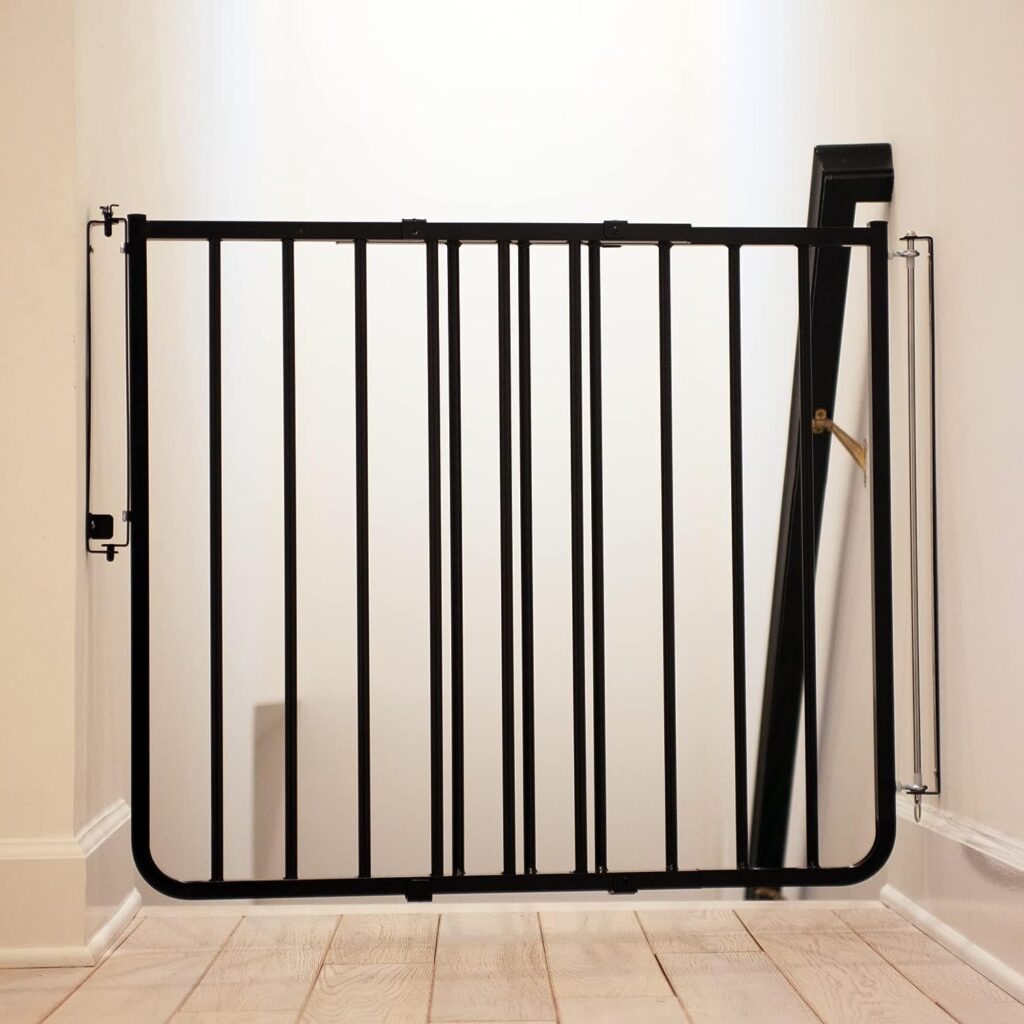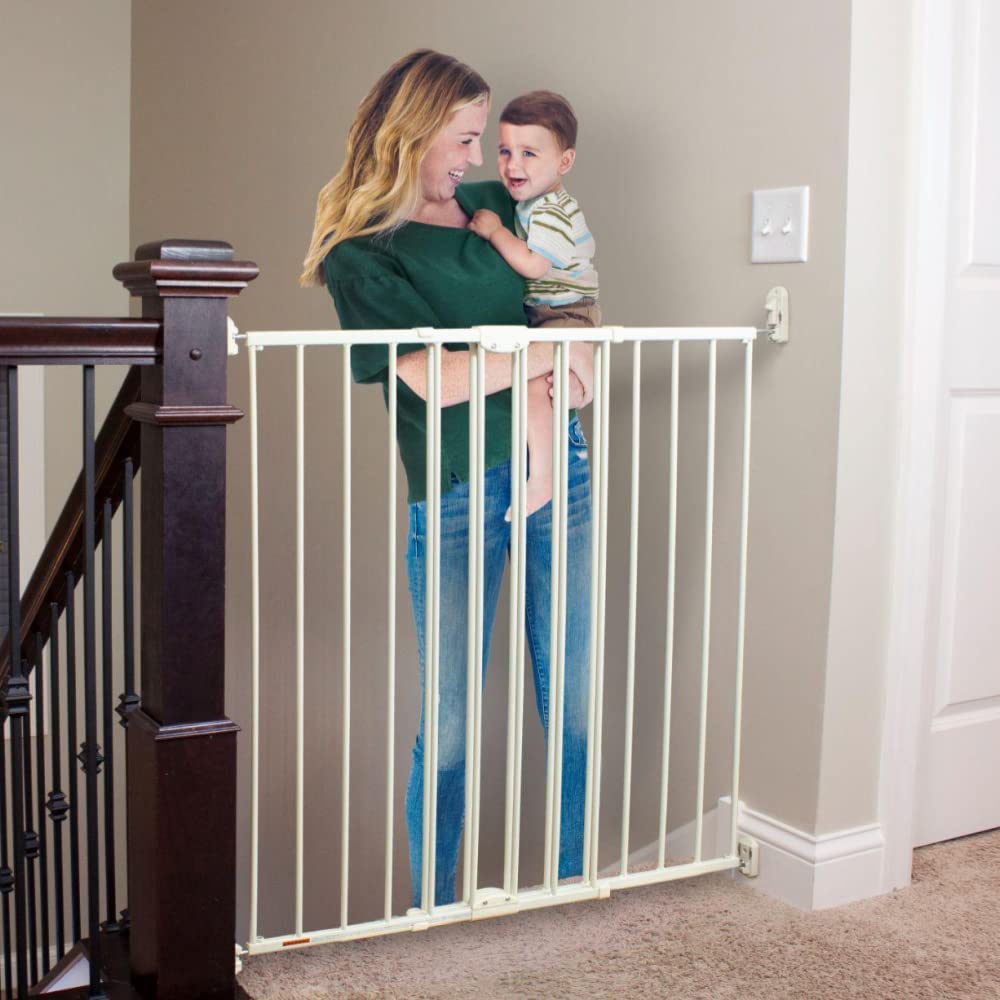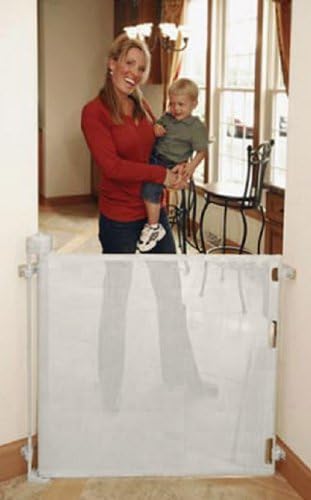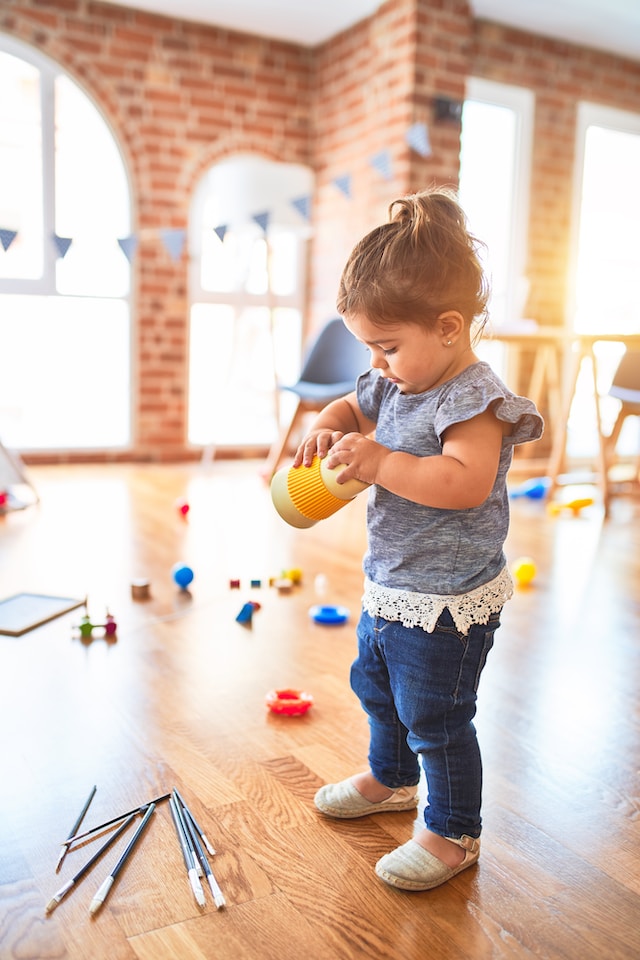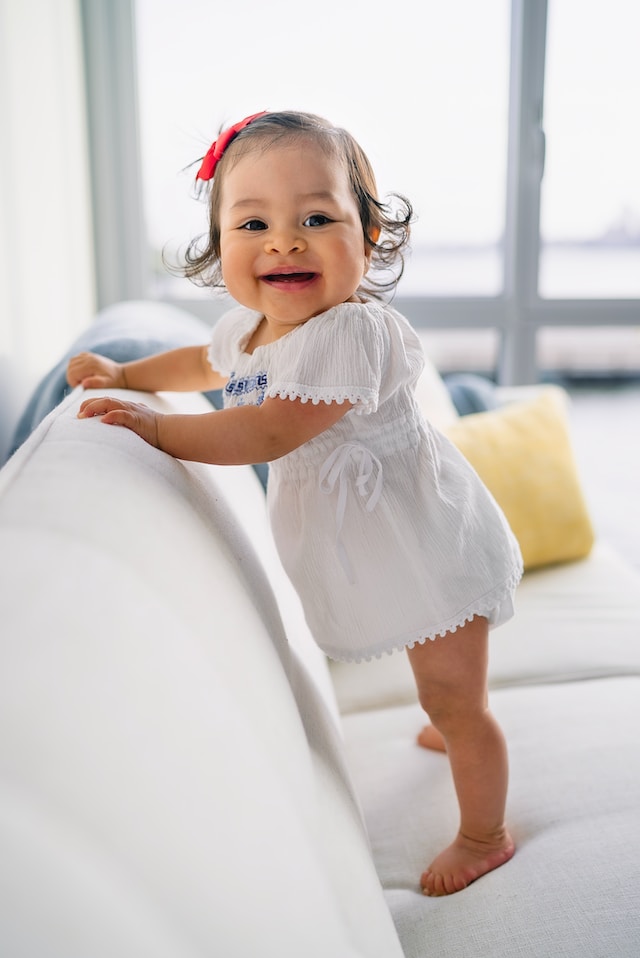As a parent, ensuring your child’s safety in your home is of utmost importance. One effective way to do this is by installing baby gates.
With numerous options available in the market, choosing the right one can be overwhelming. However, with the right information, you can make an informed decision and select the best baby gate for your needs.
In this article, we have compiled a list of 10 essential facts that you need to know when it comes to buying and using baby gates. This guide will help you make a well-informed decision and ensure the safety of your child at home.
1. Measure the Opening for a Proper Fit
Take note of width, height, and any irregular shapes or features such as banisters or railings. With this information, choose the right size and style of gate to safely secure the area.
2. Beware of Size Discrepancies
Some gates may be smaller than advertised, especially retractable gates like Retract-A-Gate, which can be 2-4 inches smaller. Carefully measure the opening, compare it to the gate’s specifications, and read reviews for a better understanding of the gate’s dimensions and real-world performance.
3. Check Weight and Height Limitations
Baby gates provide barriers for young children who can’t climb over or bypass them. As children grow, they may be able to push or pull down the gate or climb over it. Different types of gates have different weight and height limitations, so always check the manufacturer’s specifications and recommendations.
4. Install the Baby Gate at the Appropriate Height
A general rule of thumb is that the bottom of the gate should be at least three-quarters of its height, tall enough that a child can’t climb over it. The bottom of the gate should be at least at the level of the child’s chest or shoulders. Different types of gates have different height recommendations, so always check the manufacturer’s instructions.
5. Baby Gates Provide Peace of Mind
Baby gates help keep young children safe and contained in certain areas of the home, allowing parents to sleep better at night, especially for those with infants and toddlers who may be concerned about their child’s mobility and safety.
6. Use Hardware-Mounted Gates for Staircases
When securing the top of a staircase, use a hardware-mounted or permanently mounted gate instead of a pressure-mounted gate for adequate safety. Staircases put a lot of pressure on the gate, and a pressure-mounted gate may not withstand the pressure, providing inadequate safety for your child.
7. Research and Read Reviews Before Purchasing
Some baby gates may be cheaply made, easily breakable, or too short, but high-quality and durable options from reputable manufacturers are available. Contact the manufacturer if you find any issues with the gate, as they may have solutions or replacement options. Reach out to local hardware stores for advice on more durable and reliable baby gate options.
8. Install the Gate at the Correct Height Off the Floor
A general rule is that the gate should be no higher than 2 inches off the floor to prevent children from crawling underneath. Some gates are designed to be flush with the floor to make it harder for children to crawl under them. Always check the manufacturer’s recommendations and instructions for the specific gate’s installation height requirements.
9. Baby Gates Can Block Off Important Areas
In addition to staircases, baby gates can also be used to block off important areas like kitchens, bathrooms, and rooms with potential hazards, creating a safer environment for your child to explore.
10. Baby Gates Are Temporary Solutions
Remember that baby gates are temporary solutions for your child’s safety. As they grow and develop, it’s essential to adjust and remove the gates when they are no longer effective or necessary.
By considering these 10 essential facts, you can make an informed decision when choosing and installing a baby gate in your home. This will help ensure your child’s safety and give you peace of mind as a parent.
So, take the time to research, measure, and install the appropriate baby gate for your family’s needs, and enjoy the added security it provides.
Reference: https://www.evenflo.com/blogs/evenflo-blog/7-baby-gate-facts-you-need-to-know

